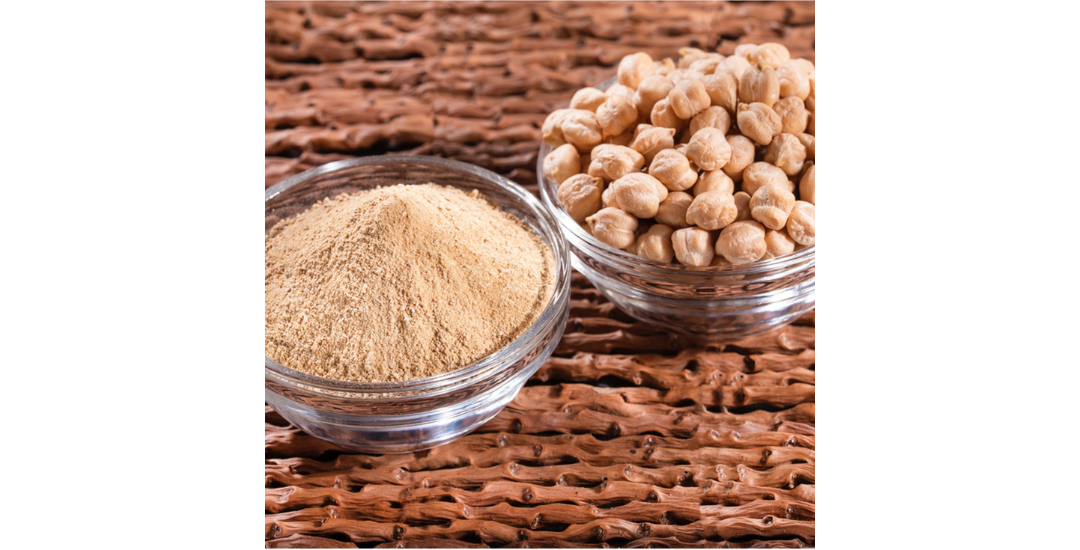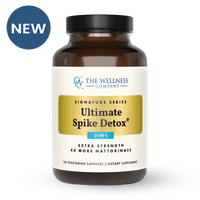No Eggs? Quick and Easy Egg Substitutes

Solutions Until the Powers That Shouldn’t Be Quit Killing Our Layers
The culling of healthy poultry continues unabated. If you love your sunny-side-up eggs, that poses a real problem. However, if you use eggs in baking, there are alternatives that work just as well as eggs for emulsifying, binding, and leavening. You just have to think outside the box! Until the “egg crisis” is over, try these budget-friendly and easy solutions.

Image Source: USDA APHIS
Aquafaba – Chickpea Liquid

Aquafaba is the liquid from canned chickpeas that can be used as a binder and emulsifier in baking and cooking.
The Science
- Foaming: Contains albumin, which incorporates air to create foam.
- Emulsifying: Contains soluble proteins, fiber, and saponins, which emulsify oil in water.
- Stabilizing: Contains saponins, which stabilize foam.
One can of chickpeas yields about 3/4 cup liquid (approximately 12 tablespoons).
Ratios for Replacing Eggs with Aquafaba
- 1 tablespoon aquafaba = 1 egg yolk
- 2 tablespoons aquafaba = 1 egg white
- 3 tablespoons aquafaba = 1 whole egg
For a whole egg, whisk until foamy. Use as you would regular eggs.
For egg white meringue replacement: Beat 8 tablespoons aquafaba until white peaks form. Add 1/8 tsp cream of tartar to stabilize peaks.
Chickpea Flour (Besan, Gram, or Garbanzo Bean Flour)
The Science
This often-overlooked superfood is high in digestible protein and resists spoilage typical of gluten-free baked products. Chickpea intake has been linked to lower chronic diseases like cancer and cardiovascular disease, improved glucose levels, and enhanced satiety due to its high fiber content. Sprouted chickpea flour is the best option as it reduces gut-damaging antinutrients.
Ratios for Replacing Eggs with Chickpea Flour
Egg yolks and whites cannot be replaced with chickpea flour, only whole eggs.
- 3 tablespoons chickpea flour + 3 tablespoons water/milk (dairy-free or regular). Stir until smooth and thick. Use as a regular egg in baking.
Note: Raw chickpea flour tastes unpleasant, but once cooked, it is delicious.
Flax Meal

The Science
When ground flaxseed is mixed with water, the mucilage is released, forming a gel-like substance. This process is facilitated by hydrocolloid properties, which disperse in water to create a gel.
Flax Egg Recipe
- 1 tablespoon ground flaxseed meal (golden is best)
- 3 tablespoons warm water
Stir until well combined. Let sit for 5-15 minutes at room temperature or in the refrigerator. It will thicken and become gel-like, similar to an egg white.
Once thickened, use in place of one regular egg in most baking recipes. Flax eggs work well in recipes that require binding, such as muffins, pancakes, and cookies. However, they do not provide the same leavening or structure as real eggs.
Many Other Variations
There are many more ways to substitute eggs when cooking. These three methods are just a starting point. Thinking outside the box will help you navigate the current egg shortage.
Citations
- Tavakoli-Rouzbahani, M., & Hosseini, S. A. (2024). The effects of hydroalcoholic extract of Ziziphus jujuba on functional dyspepsia: A triple-blind randomized controlled trial. Complementary Medicine, 56, 101612.
- Salehi, B., et al. (2024). Dietary management of obesity: Natural products as potential modulators. Clinical Nutrition ESPEN, 59, 134-157.
- Tan, P. L., et al. (2022). Efficacy and tolerability of IQP-LU-104, a proprietary flaxseed mucilage, on body weight reduction in overweight and moderately obese individuals. Frontiers in Nutrition, 9, 857179.
Written By Brooke Lounsbury














